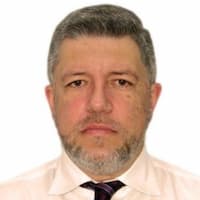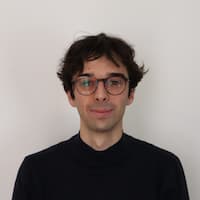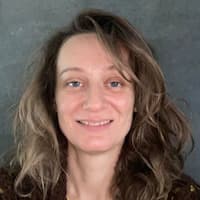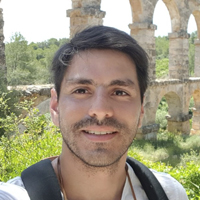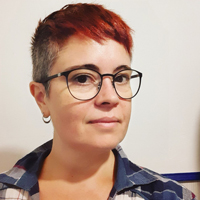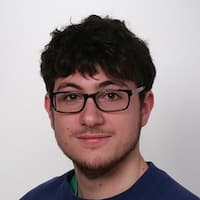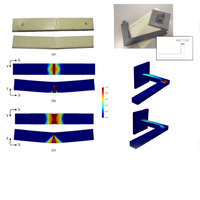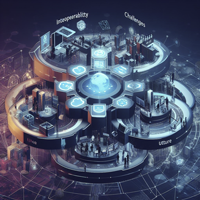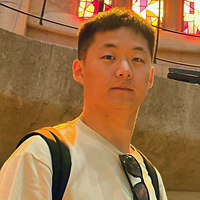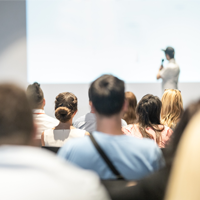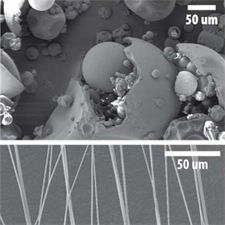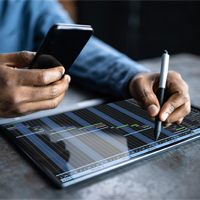events
Coffee Talk - "Digital Twins in Structural Engineering Classrooms", by Dr. Rolando Chacón Flores
Wednesday, March 20th, 2019. Time: 15h.
Place: O.C. Zienkiewicz Conference Room, C1 Building, UPC Campus Nord, Barcelona
ABSTRACT
In the near future, society as a whole will experience an exponential growth when it comes to data-gathering from considerably connected and networked sensors. Automation of processes involving all societal players lead to an overall thought of great advances in Cyber Physical Systems (CPS) and the Internet of Things (IoT). CPS are the result of providing to physical components both computational and communication capabilities. Consequently, CPS may generate data and additionally, may have autonomous or aided automation. The use of CPS in several sectors such as manufacturing, logistics, data and city management may have a considerable economical, societal and environmental interest in the years to come.
In this Café del CIMNE, these ideas will be put on the table from the educational perspective. The need and scope of simple computer applications of digital twins in structural engineering classrooms will be debated. The fusion of electronics, mathematics, programming and scale-reduced educational structures may be a powerful alternative to be introduced in structural engineering classrooms in the form of CPS, physical-to-digital objects. These artifacts are often referred to as digital twins, which are defined as digital replica of physical elements whose behavior may be reproduced in real time with varying level of mathematical complexity. For the sake of developing these tools, three different aspects need to be studied systematically in the classroom: (i) the use of sensors, actuators, and electronics; (ii) the implementation of different theoretical and numerical solutions of structural problems; and (iii) the development of a simple GUI for visual understanding of the structural phenomena.
Different educational experiences in this context are developed in the Scale-Reduced Laboratory of Structures at the School of Civil Engineering. Digital artifacts are developed and used educationally in many forms. The development of such devices prove useful to bridge the existing physical-to-digital gap in civil engineering students adding educational layer that involves the Internet of Things (IoT), Cyber Physical Systems (CPS) and the vast array of possibilities they will generate within the field of Automation in Construction in the years to come. The development of such devices is at the grasp of our students both technically and economically. Awareness related to this potential will be pointed out.
SPEAKER CV
Dr. Rolando Chacón Flores is a Civil Engineer (Universidad de los Andes (VE) and Universitat Politècnica de Catalunya (ES)) and got his PhD in 2009 at the Universitat Politécnica de Catalunya (UPC) where he is associate professor since 2014.
His research focuses on the non-linear analysis of steel structures. In particular, structural problems associated with plate buckling, ductility and dynamics. Primarily, his research involves the usage of numerical modeling of steel structures with a theoretical perspective but most importantly, intended for applied civil engineering design. Furthermore, experimental as well as SHM techniques aimed at understanding the in situ behavior of steel and composite structures represent another leg of his research lines. In addition, as part of his teaching duties, he has developed innovative educational experimental techniques for civil engineering students. This academic work is reflected in numerous articles in internationally indexed journals. Concerning Plate-Buckling and instability, he has actively contributed to European Committees ECCS TC8 and TWG 8.3 in the ongoing development of EN1993, which provides recommendations for the design of steel structures.








